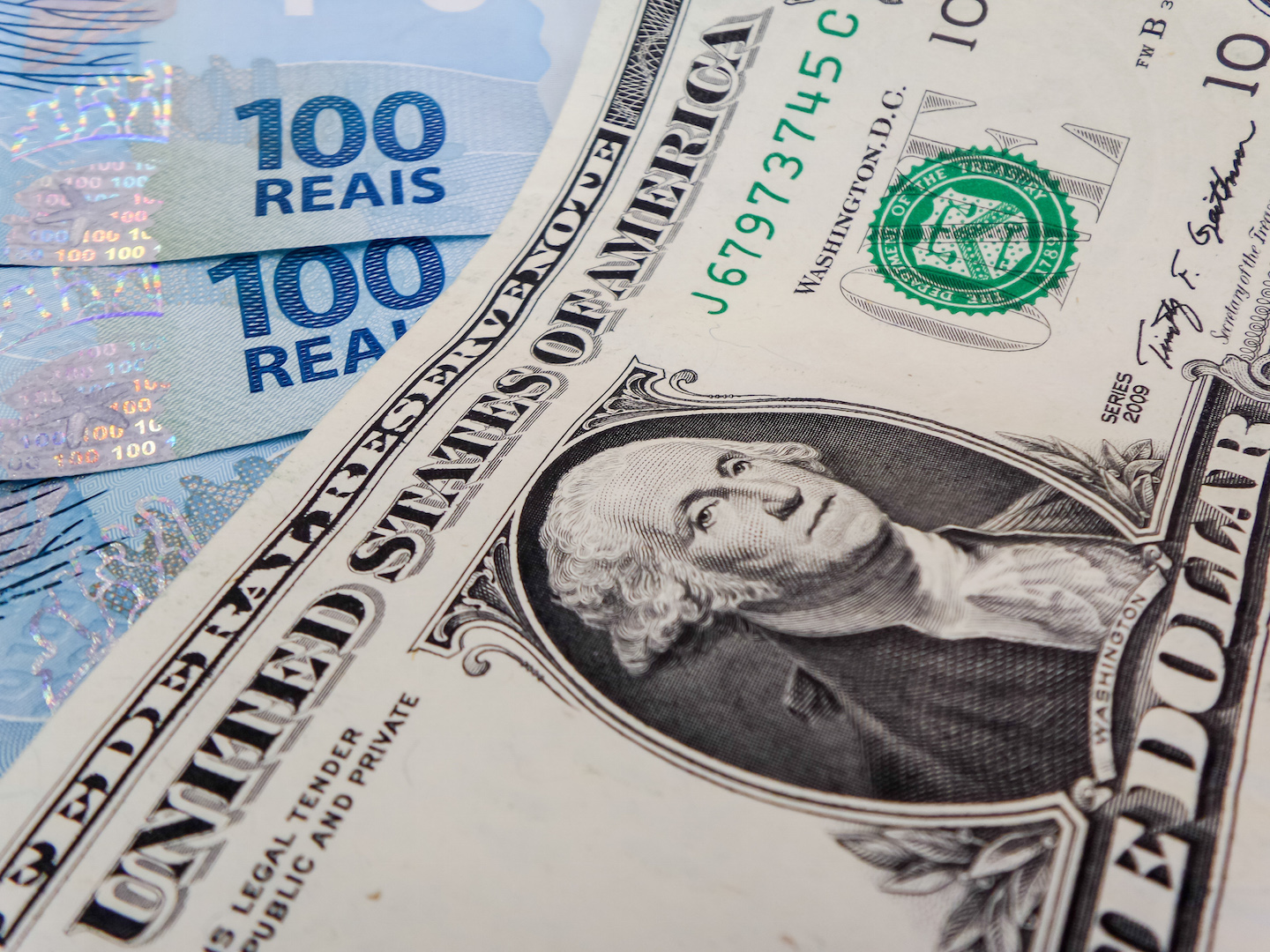RIO DE JANEIRO, BRAZIL – The dollar will fall to R$4.50 by the end of the second quarter of 2022, after ending 2021 at R$4.75, according to Gustavo Arruda, head of research for Latin America at BNP Paribas, who cites the adjustment of Brazilian monetary policy as one of the factors supporting the real.
The last time the currency moved around R$4.50 was in early March 2020, when the global market was jolted by the outbreak of the Covid 19 pandemic crisis.

“As monetary policy returns to adjust, to have a little more equilibrium, we think the exchange rate has opportunities, it has room to appreciate,” Arruda said, pointing to the benefit that also comes from increased commodity prices.
However, he cautioned that the path should not be linear. He expects that the dollar will close at R$4.60 in 2022.
“That doesn’t mean it (the dollar’s decline) won’t come without volatility. We know that it is an election year in Brazil (2022). So this scenario is subject to a lot of volatility because of the political environment.”
Nevertheless, BNP’s scenario points to an appreciation of the exchange rate from current levels. The spot dollar was trading at R$4.93 on Tuesday.
Key interest rate SELIC in Brazil has risen to 4.25% from the historic low of 2% that prevailed until March, and market analysts expect the rate to reach at least 6% by the end of the year. Higher interest rates increase the attractiveness of the real because they increase the return on assets that have an interest rate differential.
Arruda expects a SELIC target of 7.5% early next year, with uninterrupted rate hikes until then – which would put nominal interest rates in Brazil well above those in some other emerging markets.
The Central Bank has raised rates by 0.75 percentage points since March. However, despite recent tougher signals from the bank and higher inflation figures, Arruda does not see monetary accommodation tightening.
“As the cycle is coming to an end, it wouldn’t make much sense to do another 100 basis point hike now, unless they (BC) want to do another 100 or two or three,” he said.
“But it wouldn’t make a lot of sense because if it’s going to do a 100 basis point step and then go back to 75 basis points, we think it’s better to keep the 75 basis point step from now on.”
As for inflation, BNP estimates the rate will be 6.5% this year, then slow to 4.5% in cumulative 2022. Both rates are well above their respective targets: 3.75% e 3.50%.
“There is a lot of risk involved here: where the exchange rate goes, where the tariff flag goes… If the tariff flag closes at 2 this year and moves to yellow next year, then you have a significant inflation slowdown.”
In the short term, prices will be heavily influenced by electricity amid the water crisis, said the economist, who sees major developments by energy companies only on the inflation side for now. “It has more impact on inflation than on activity. It only starts to create doubts (about activity) when it’s much worse than the scenario drawn by experts.”
BNP forecasts that the Brazilian economy will grow by 5.5% in 2021 (after a decline of 4.1% in 2020) and expand by 3.0% in 2022.

